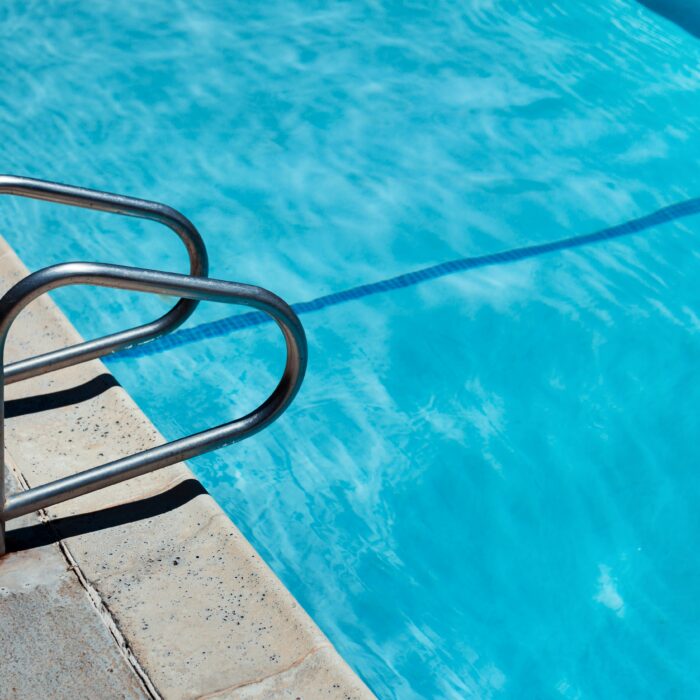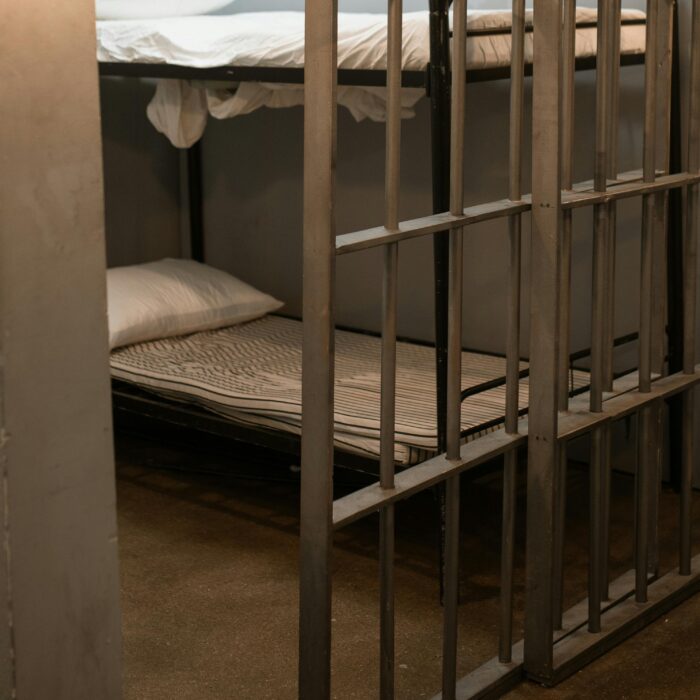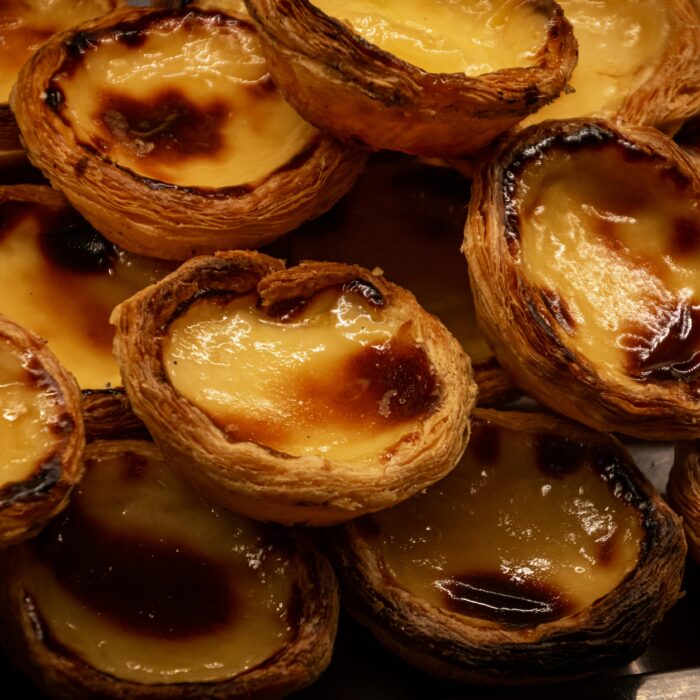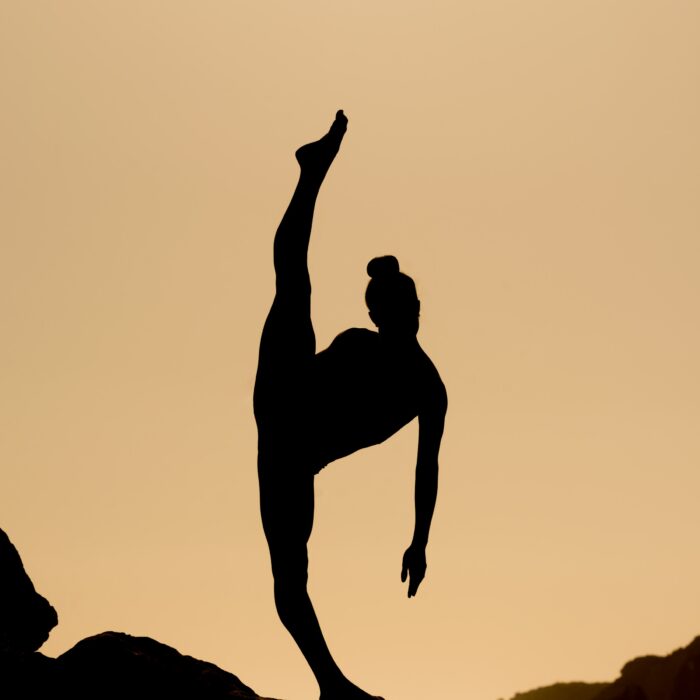You have no items in your cart. Want to get some nice things?
Go shopping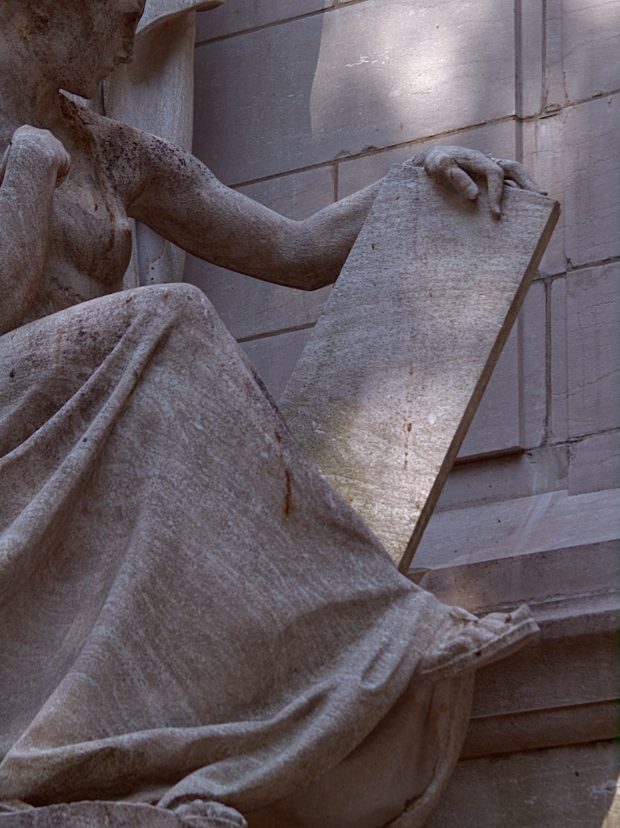
I am Carlos, a refugee to America, part Cuban in exile and part Cuban-American and, sometimes, something else. I am the grandson of a Presbyterian minister, whose mission in Cuba was to bring the word of God, and the son of a lawyer whose sense of justice was largely responsible for my family having to seek a home in America. On occasion, even after living in the United States for almost 60 years following my arrival at the age of 14, I view my mental relationship to my native land and America in a variety of ways. Despite the citizenship and full range of educational and lifestyle opportunities that the United States has generously afforded me, a debt which I have honoured through a career of public service, I have been unwilling to have children on my non-Cuban soil. My cultural and ethnic self-identity is still in a state of fluctuation. I don’t fully understand it, although I try; I really do try.
I suspect that a varying and evolving sense of personal identity is not an uncommon phenomenon among refugees to this country and I caution new arrivals, be they from Afghanistan, the Caribbean, or elsewhere, to expect no different. Some might find this oscillation disturbing and, occasionally, I do too, because it can grab you by the mental equivalent of the scruff of the neck and shake you up. Mainly, I find it to be a trustworthy, floating reference point reminding me to question what I see and to be prepared for the good and bad surprises that life brings.
I write this to commemorate the 50th anniversary of the first time I was forced to acknowledge this state of cultural-identity fluctuation. The moment came as a surprise, but its power is measured by the fact that the memory of it lingers so strongly. In the fall of 1971, soon after I moved to the Upper West Side of New York City from Chicago for my first post-college job, I chose to walk to work via a route in Midtown Manhattan that took me down through the heavy traffic of people and vehicles to the corner of West 59th Street and Central Park West – the spot that marks the entrance to Central Park. Despite previous visits to the area, this was the first time that I gave serious notice to a large piece of grey granite, a pylon decorated with a fountain and ornamental symbolic statuary displaying America’s principles and military might.
My curiosity taking hold I inspected the shining bronze letters of the inscription on the plaque that proclaimed its purpose: “To the victims of the USS Maine”. This monument I had stumbled upon, honored the more than 260 American sailors that perished in Havana Harbor when the battleship exploded in 1898. The gilded figures atop the pylon represent Columbia Triumphant leading a seashell chariot of three seahorses. They are said to be cast from the metal recovered from the guns of the USS Maine itself.
Back then, the generally accepted American schoolbook version of the scene memorialized by the monument was that the Spanish masters of Cuba were responsible for the destruction of the ship whose presence was a symbolic demonstration of America’s support for the aspirations of the “Criollos”, native-born Cuban Creoles, who sought to be unleashed from 400 years of harsh and exploitative colonial domination. The event was used to justify America’s armed intervention in the Cuban War of Independence, a trigger for the Spanish-American War. One of the consequences of the American intervention and subsequent victory was U.S. assumption of guardianship power over Cuba in the form of a four-year military occupation, followed by thirty years of oversight of an allegedly independent nation. Cuba was forcibly transitioned from a rebellious colony into an American dependency.
As a Cuban refugee, my understanding of the situation, based upon information I gleaned from my family and formal historical scholarship that I gained access to through my American university education, was different than the popularized Citizen Kane, Hearstian newspaper version. My first reaction to the monument was one of outrage as to why the theft of Cuban sovereignty should be honored in such a prominent place. Anger over the role that had been imposed on the land of my origin and the consequences that flowed from it overwhelmed me. I thought of the futility of the deaths of the hundreds of thousands of Cuban freedom fighters and civilians during the quest to be free from Spain. Rather than achieving independence, they merely gained a change in masters. This event, the explosion of the battleship, resonating over seven decades, led to my being in a corner of a cold northern island, rather than in my tropical homeland. Surprisingly, I was also flooded by shame, my inheritance from an oppressed people who failed in their quest for independence. My mental state was both complicated and intensified by the thought that I was merely another victim of the haphazardness of history which had brought me to the house of the Master, where I passively allowed myself to be a happy resident.
The cold wind of that exposed corner of Manhattan, and my need to step out of the way of traffic pouring in and out of the Central Park, brought a more nuanced view of the monument to mind as I struggled to restore my emotional equilibrium. Drawing upon the American portion of my self-identity, a product of the safety and numerous kindnesses that my family and I had been blessed with since we arrived in New Jersey as refugees, I reasoned that the monument was dedicated to innocent victims, whose only fault was to have been present at the wrong time and place. What it commemorated was sacrifice, not the oppression that I identified with. My intense feelings were an excessive reaction to a symbol of honour to those who had served, not to the humiliation that came from its consequences.
Over the next few weeks, I walked by the monument twice daily, captured in an odd state of fascination. Dominating my thoughts were a set of feelings related to the granite that occupied a place, both in the city and in my mind, that I could not extirpate. My relationship to the statuary changed with the reflection of the light upon it and reflected as many moods. I was developing a personal, almost intimate, relationship with an inanimate piece of granite that memorialized an event that had occurred many years before my birth. Perhaps this was the true moment of my formal induction into existential adulthood, the moment during which I struggled to reconcile my need for personal agency, my need to be the author of my own life story, with the ponderous sense that the pathways of my life, including my very presence in this city, were preordained by a series of events that I was the outcome of. I was not an active participant in the choices that had led me here. I was insignificant flotsam in the stream of history, no more meaningful than the cacophony produced by the madness of traffic on that corner.
The more practical outcome of all of these musings was that I was chronically late for work. Also, I began to attract the attention of a police guard stationed nearby. I forced myself to modify my walk to and from my office and to avoid that particular corner, moving across the street and to the far side of the intersection.
One evening, as I returned home, I happened to note a shadow across the sidewalk, and glancing up noted a phallic pillar with a statute of Christopher Columbus. This was a monument honouring the Spanish sponsored, Italian-born “discoverer” of the Americas, and the prime cause of the genocide of the natives . . . .
Ah! I realized that once again I was torn between two motherlands and conflicting realities, where I remain to this day, 50 years after my first close encounter with the USS Maine monument. On some days, I ask myself, “Am I growing, or just growing old?”
Carlos Alvarez
Carlos Alvarez is a retired social worker and public health administrator.

